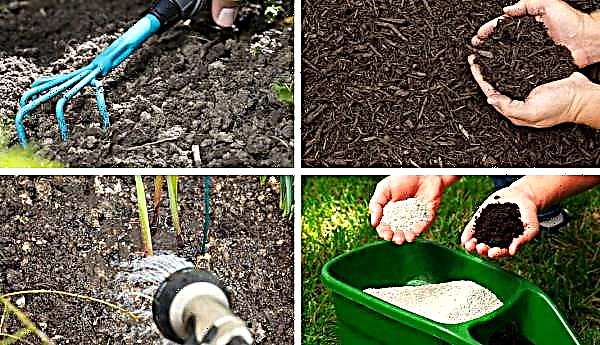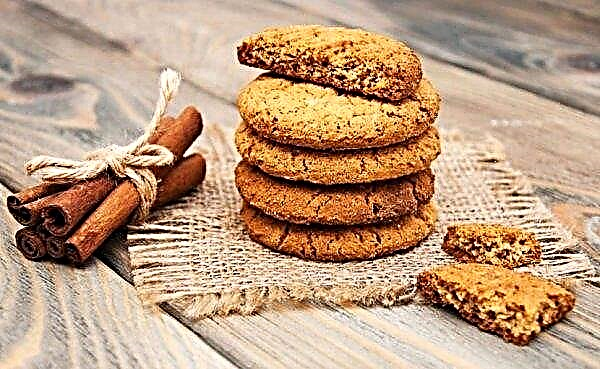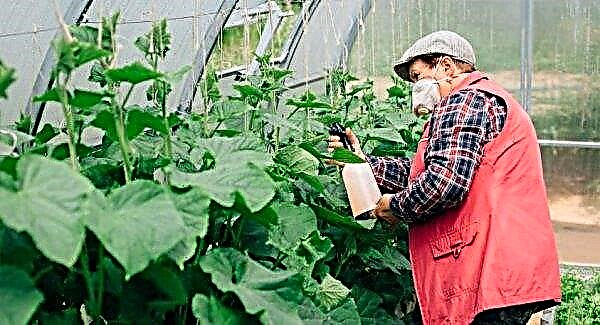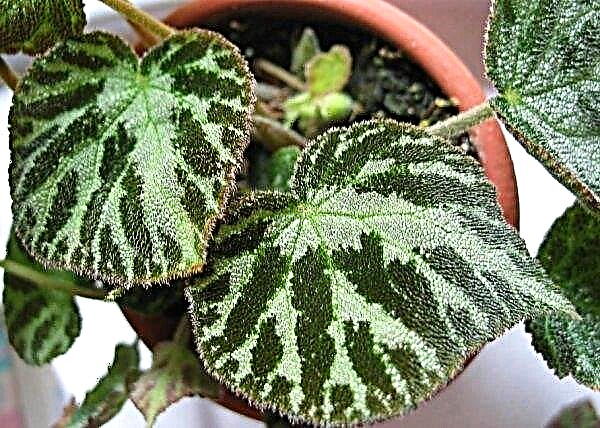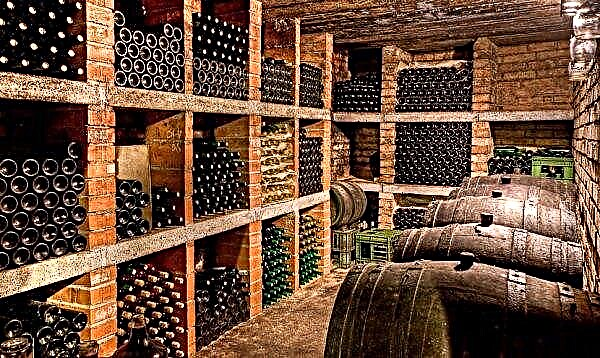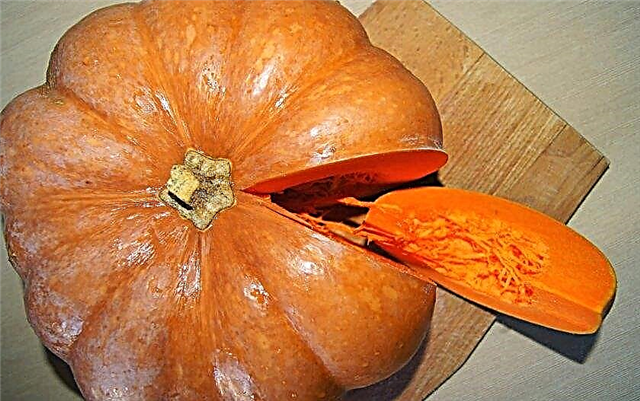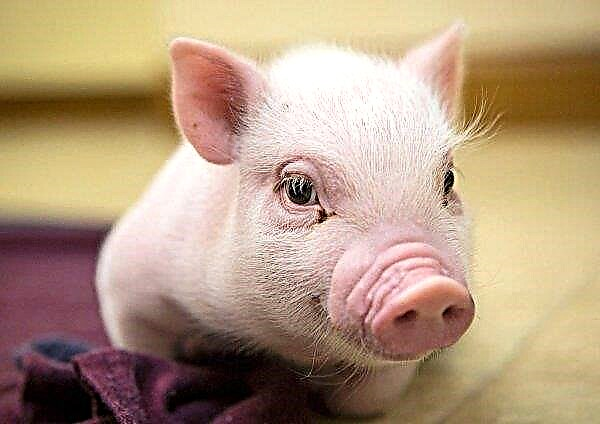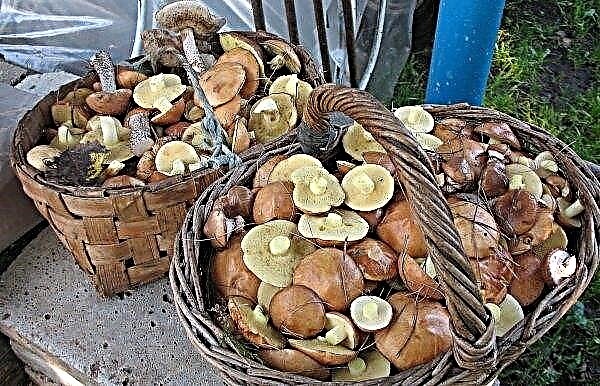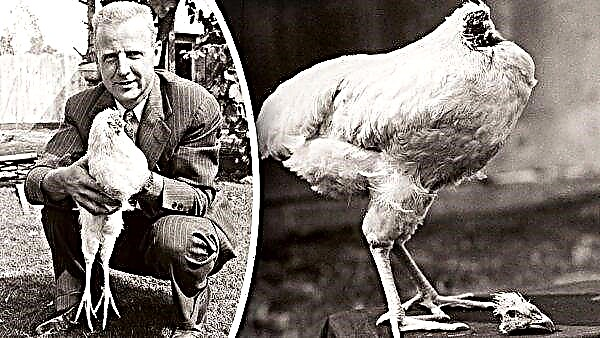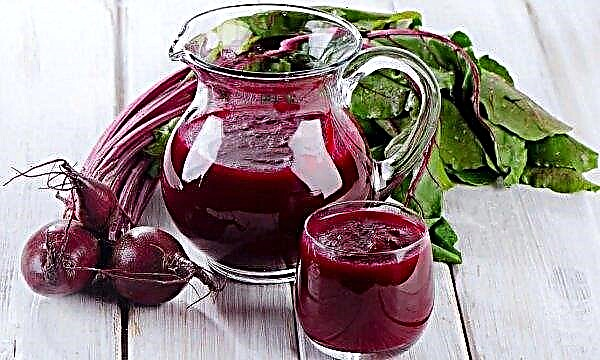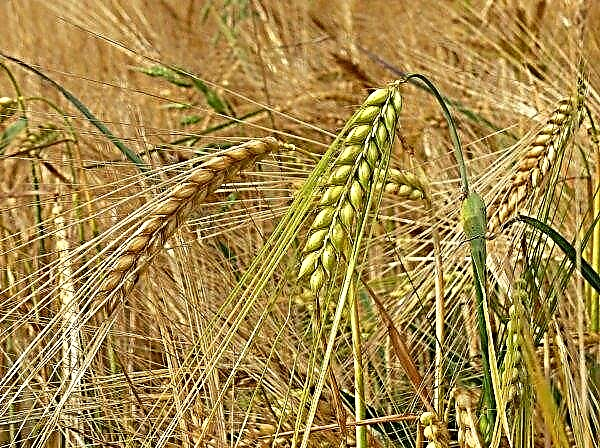An artificial turf very often turns out to be one of the most advantageous coverings both for a private house adjoining territory, and for sports grounds or even public park zones. It has many advantages, in particular, in comparison with a natural, vegetable "carpet", however, in order to achieve the most positive decorative effect, it is worth knowing not only about the possible types of such lawns, but also about the features of their laying. What exactly nuances to pay attention to in each of these cases - read on.
Varieties of artificial grass
Artificial lawn coverings on the market differ not only in price and features of the material itself, but also, first of all, in the way of laying. It is this criterion that allows us to divide such products into non-filling, semi-filling or filling options, each of which has its own characteristics, advantages and disadvantages.
Non-filling
It is usually used for decorative design of small adjoining territories, differing from other varieties of artificial lawns by the naturalness of their appearance (at first glance it is very difficult to distinguish from real, “living” grass).
The main disadvantage of this solution is its low wear resistance, which is why non-filled lawns are used only in places of rare crowds, mainly as a basis for garden decorations. The cost of such a lawn for a summer residence is small, so it can be stacked on completely different types of territories.
Did you know? In the old days, a short-cut lawn was considered a luxury, and it was only possible to see it near the estates of wealthy landowners. Grass became a symbol of wealth back in the 1800s, first in America and then in Europe.
Semi-filled
This type of lawn is suitable for organizing sports and playgrounds, as compared with the previous version it has greater wear resistance. The basis of this material is polyethylene fiber, between which there should be quartz sand.

It is he who increases the strength and resistance of the lawn to mechanical stress. The softness and elasticity of the polyethylene base significantly softens the blows when players fall, which is very important in the sports field and in the organization of playgrounds.
Backfill
The backfill artificial turf is usually made of polypropylene, due to which individual blades of grass are stiff and highly resistant. This option is deservedly considered the best solution for covering land in public places, with constant mechanical stress. As in the previous case, the space between the individual parts of the manufacturer is covered with quartz sand, supplemented with a special rubber granulate.
Separately, it is worth recalling the classification of artificial grass on the basis of the place of its application, that is, it is worthwhile to decide in advance where the grass will lie: on the street or under a canopy of a closed room. For the street, you need to select the base with the maximum level of hygroscopicity, so that after watering or precipitation, the liquid does not accumulate on the material, but immediately goes into the soil. With sliding falls, it softens them more and prevents serious injury to athletes.
With sliding falls, it softens them more and prevents serious injury to athletes.For rooms, you can take models with a low level of waterproofing, however, wet cleaning will have to be carried out less often and more accurately, so as not to provoke the formation of puddles.
Mounting technology for artificial turf
For the successful laying of artificial turf, it is necessary to prepare not only the rolled material itself, but also the tools and other materials necessary for installation. The masonry process itself will have its own characteristics, which in many respects also depend on the place of installation of the coating (for example, on a football field, where strips of artificial grass are laid along the length of the site and overlap each other).
Necessary materials and tools
In order to reliably fix an artificial lawn on the surface of the earth, it is not enough just to roll the rolls, it is necessary to securely fasten pieces of material, for which a special adhesive is usually used.
Of the tools in the work will help:
- knife with a strong blade, preferably trapezoidal shape (ordinary wallpaper in this case will not work);
- spatula with a tooth height of 3 mm;
- roulette;
- shovel, rake and stiff broom;
- a shovel or a manual skating rink (useful devices for compacting and leveling the surface);
- a hammer and studs for a non-concrete base or wall plug and a perforator for a concrete surface;
- rubber brush to remove glue residues (almost always it is necessary to fix the material using an adhesive base).
For better fixation of the paintings, a docking tape is used, which, in fact, is coated with glue. Sometimes, for the competent arrangement of the territory, some additional products are required, such as a lawn grate for paths. If possible, they buy it at the same time as other materials, having pre-calculated the most suitable dimensions of the structure and the method of their fastening.
Important! When laying artificial turf on your own, it is better to buy basic materials with a small margin, given the possibility of squandering due to an unprofessional approach.
Site and foundation preparation
Artificial turf roll is equally well suited both for laying on a dirt surface and for spreading on a concrete base, the main thing is to properly prepare it in each of these cases.
The general requirements include:
- precise definition of the boundaries of the territory with grass;
- cleaning the surface of debris, plant debris, stones, glass and dust;
- organization of a drainage system to remove moisture (drainage ditches are planned on the slope side, so that water can drain more easily).

If you plan to install artificial grass directly on the ground, the surface of the site must be additionally tamped with a heavy log or boards, observing a slight bias for water flow in the future. Of course, such actions will be superfluous on the paved area, but for more wear resistance of the material, you will have to use a substrate with a thickness of at least 1 cm (softens the load on the fibers).
Important! It is better not to use a too thin base, since in the future it may make the site uneven.
Styling process
Installation of any type of artificial lawn in a pre-selected location consists of several main stages, regardless of the type of base and the material itself.
The sequence of actions is as follows:
- Having prepared the surface, lay out on it suitable stretches of artificial grass, placing them overlapping (about 1.5 cm) in relation to each other. By trimming each sheet, achieve the maximum coincidence of the edges, which eliminates the likelihood of wrinkles.

- Leave the artificial turf to mature and only after that proceed to fix it on the surface. Usually, it takes about 12 hours to spread the grass and take it upright, and then the sheets begin to be attached with glue or staples, evening out from bloating and creases. Connecting tapes, laid at the joints, usually have a width of no more than 25-30 cm and are coated with glue applied to it with a special spatula. An adhesive-coated tape should be placed under the edges of two sheets with the adhesive layer up, and then rolled the seams with a roller for better adhesion.

- Fix the coating around the perimeter using a special baseboard (border). This part is hardened with the same adhesive as the joints of individual sheets of the lawn itself. If possible, do not delay installation work for a long period, otherwise, in the process of changing daytime temperatures, the edges of the sheets may diverge. It is best to fix the lawn immediately after trimming the edges.

- Sprinkle the coating with sand and granulate. When using a semi-filled or filled-up lawn, it is evenly sprinkled with quartz sand with a fraction of up to 0.6 mm (the exact size of the grains of sand will be advised based on the type of artificial product).

- As soon as all installation work is completed, it remains only to "comb" the lawn with a rake and collect all the remaining garbage from the finished site.

The recommended rate of consumption of sand or rubber granulate can be found in the instructions for use of the purchased artificial coating.
Important! The grass is filled with sand or rubber granulate only in dry weather, trying to achieve maximum penetration of grains of sand between the blades of grass.
Artificial Lawn Care
As in any other case, the lawn cover will remain as clean as possible only if it is used carefully and not litter.
The general rules for the operation of such a coating should include the following recommendations:
- The use of the lawn is only for its intended purpose. That is, if the grass is intended for decorating a site, for gaming or sports use, then do not expose it to increased mechanical stresses as a result of daily use.
- It is desirable to remove weeds growing from under the coating as quickly as possible, preventing their rapid growth and violation of the evenness of the coating.
- Do not install very large and heavy products on the lawn that can deform the pile and disrupt the appearance of the coating. For the same reason, it is forbidden to drive onto a surface with artificial grass by motor vehicles or motor vehicles, with the exception of only specially designed cleaning equipment.
- The likelihood of clogging the site with household and construction waste should be minimized, since ideally removing it will be problematic (if small particles get into the grass, it will not be so easy to select them).
- If, for any reason, damage to the lawn coating has occurred, such a site should be insulated until it is completely restored, without allowing the problem to worsen as a result of further operation.

Artificial turf cleaning also has its own characteristics. You can rid it of simple pollution (in particular, caused by natural precipitation) using ordinary water, however, it is better to use a special rake or vacuum cleaner to remove leaves and other plant debris. With the help of the latter, it is convenient to remove small garbage, however, only in the absence of a special filler: quartz sand or rubber granulate.
Did you know? The first ever artificial turf was developed by David Cheney in 1960. Such coverage gained wide popularity after the 70s, when athletes appreciated its advantages and began to use it for equipping sports grounds and stadiums.
If they are present, it is possible to ensure the uniformity of the surface and the preservation of its decorativeness only by annually adding a specific substance and constant monitoring of its optimal amount. Comb the grass in different directions to make it look attractive. Manipulations for lawn care will not take much time and can be carried out no more than once every 1-2 months.

Advantages and disadvantages of artificial turf
Any modern product has its own strengths and weaknesses, so it is not surprising that in assessing artificial turf you can highlight its pros and cons.
- The first group usually includes the following characteristics of quality material:
- high resistance to frost, trampling and elevated temperatures;
- minimal physical costs of care and maintenance;
- good water permeability, which usually prevents the formation of puddles;
- the possibility of choosing various color solutions that make it possible to realize even the most daring design landscape solutions when arranging a house territory;
- the possibility of multi-purpose use: for example, at minus temperatures, a football field can easily turn into a good skating rink, you just have to fill the surface with water and wait for it to freeze completely;
- quick and easy decoration of the site using artificial turf, which is especially valuable if you need to quickly arrange the territory;
- preservation of grass color at any time of the year.

- As for the disadvantages of using artificial turf, in comparison with natural grass, the main ones include:
- high heating rate of the coating (often up to + 60 ° C), which often causes discomfort when on it;
- an increased likelihood of the multiplication of bacteria and other harmful microorganisms, which may well enter the human body if the skin is damaged as a result of an injury;
- the release of toxic substances after heating the surface of the grass (usually in the composition of an artificial lawn there are components such as latex or plasticizers, which are very difficult to call useful for people and animals);
- limited life of artificial turf (despite the fact that high-quality materials can be used up to 10 years, after this period they can no longer be restored, which means that the lawn will have to be changed);
- the high cost of high-quality products (strong, durable products cost a lot, so not all owners of private estates are willing to spend money on artificial covering of the adjacent territory);
- the naturalness of the coating (according to the sensations, such grass will never be as pleasant to the touch as real);
- the need for periodic cleaning, sometimes with a vacuum cleaner, brush and even special detergents.

Comparing all the pros and cons of acquiring an artificial turf, it is much easier to make a final decision regarding its relevance in a particular territory. So, if you want to equip a practical playing field or if you don’t want to devote much time to watering a natural lawn, then it is definitely worth considering this option for covering the site, having figured out in advance how to lay the material. Buying a high-quality product and observing all the requirements for its installation give every reason to believe that such a carpet will become a real decoration of any territory.






